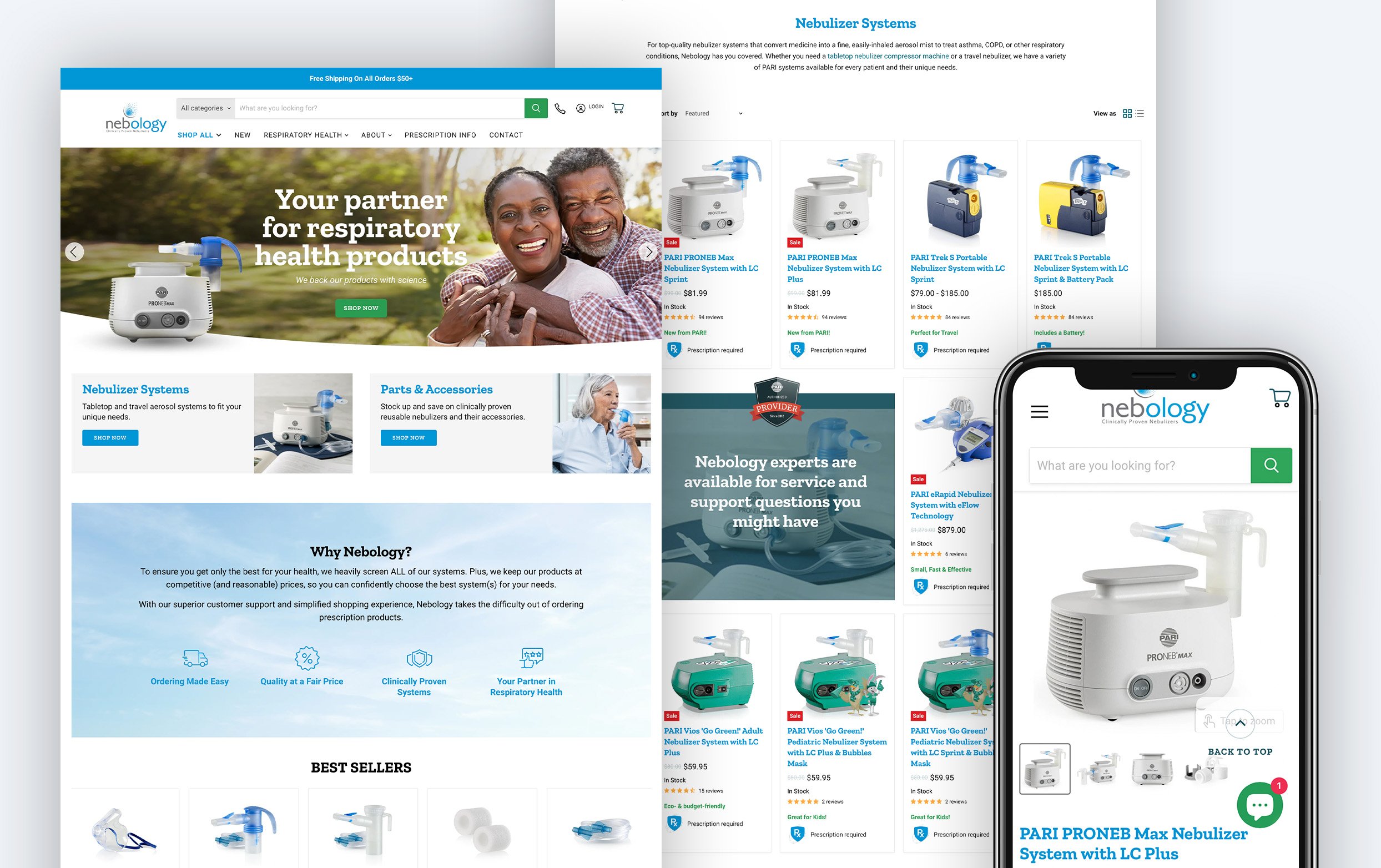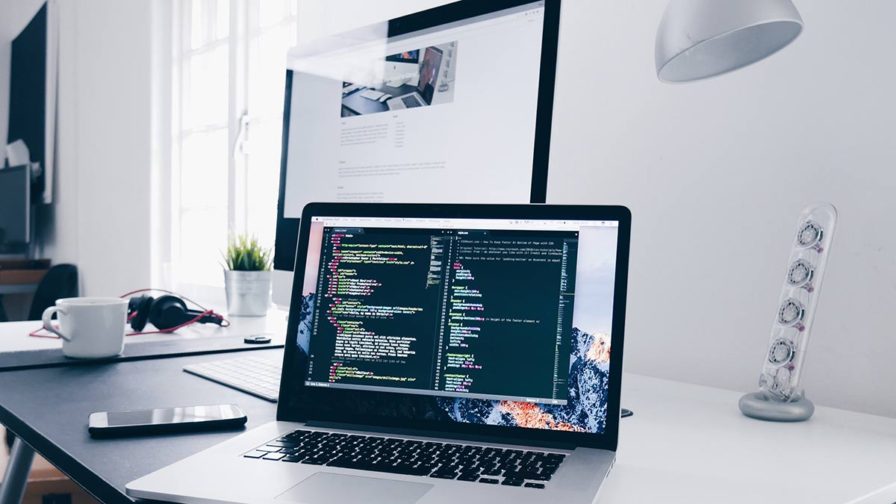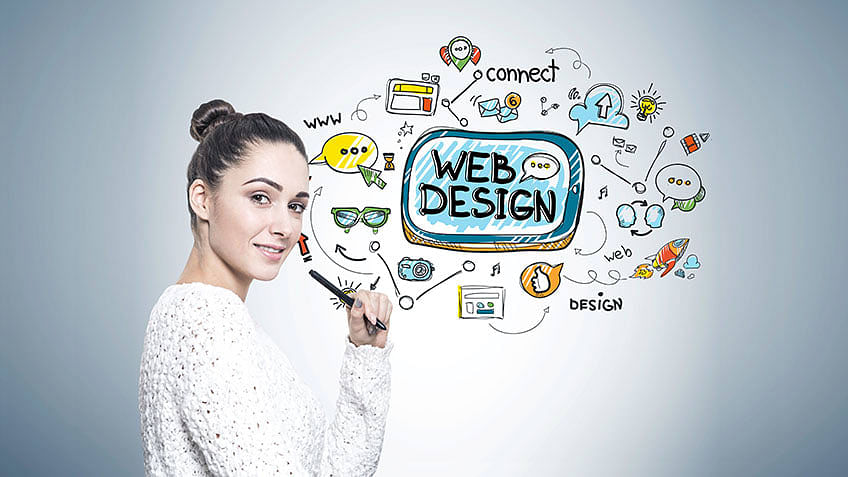Vital Tips for Effective Website Design That Astounds Individuals
It's not simply about aesthetic appeals; it's likewise about capability and exactly how it impacts customer involvement. Each of these factors add to a layout that not only captivates the user but likewise urges long term communication.
Understanding the Relevance of User-Friendly Navigating
Although frequently neglected, user-friendly navigating plays an essential function in effective website design. It forms the foundation of customer experience, establishing how efficiently individuals can access the info they need. Navigation is more than simply a tool; it's a guide that attaches users to a site's various sections and attributes.

Moreover, it should accommodate the needs of all individuals, regardless of their technological prowess. Hence, developers should take into consideration factors such as load times, responsiveness, and access in their navigating design.
While appearances are vital in website design, the functionality should never be endangered. An aesthetically appealing website with poor navigating resembles a beautiful puzzle-- appealing, eventually inefficient and yet irritating.
The Art of Selecting the Right Color Design
Diving into the art of selecting the right shade scheme reveals another necessary facet of effective website design (Web Design In Guildford). A well-selected color scheme not just establishes the aesthetic tone of an internet site but also communicates its brand identification, affects users' feelings, and guides their communications
Understanding shade psychology is critical in this process. Blue instills trust fund and peace, while red ignites exhilaration and seriousness. Contrasting shades can be leveraged to stress essential components and guide customers' focus.
However, it's not concerning randomly choosing shades that look good with each other. The selected shades should straighten with the brand's image and target audience's choices. Lastly, accessibility should never ever be compromised. Developers should make certain that the shade comparison is high enough for users with visual disabilities to compare various elements.
The Duty of Typography in Internet Design

Various fonts stimulate different feelings and organizations, making the choice of typefaces tactical. Serif typefaces, as an example, can share practice and sophistication, while sans-serif fonts suggest modernity and minimalism. The mindful choice and combination of these font styles can develop a distinctive character for a site, enhancing its brand name identification.

Relevance of Mobile Responsiveness in Internet Design
Similar to the function typography plays in making an effective web style, mobile responsiveness has become another significant facet of this world. With the surge in smartphone usage, users now access the web more on smart phones than desktop computers. An internet site that isn't mobile-friendly can put off possible customers, influencing company adversely.
Mobile responsiveness indicates that a website's design and functionalities change effortlessly to the display's browse around this site size and orientation on which it is viewed. This flexibility improves the customer's experience by giving easy navigation and readability, despite the device. It eliminates the demand for zooming or straight scrolling on smaller sized displays, consequently decreasing customer disappointment.
In addition, search engines focus on mobile-responsive web sites in their positions, an element vital for SEO. Therefore, including mobile responsiveness in website design is not simply concerning visual appeals or customer experience; it's also regarding presence, making it a vital element in the website design ball.
Using Visual Power Structure to Guide Customer Interaction
Aesthetic power structure in website design is a powerful Recommended Site device that can lead user involvement properly. It employs a setup of elements in a way that implies importance, affecting the order in which our eyes view what they see. This method is not concerning beautification, yet about directing the customer's attention to one of the most critical components of your internet site.
Strategic use size, shade, contrast, and positioning can produce a path for the site visitor's eye to follow. Larger, bolder, or brighter elements will naturally draw focus first, establishing a focal factor. The positioning of aspects on a page additionally plays a substantial role, with things placed higher or towards the facility generally seen first.
Essentially, a well-implemented visual hierarchy can make the distinction in between a site that keeps site visitors and one that repels them. It guarantees that vital messages are conveyed successfully, producing an extra rewarding customer experience.
Conclusion
Inevitably, a reliable internet style must prioritize individual experience. These vital pointers not only boost user satisfaction, but likewise encourage longer site check outs, leading to Find Out More a much more effective web presence.
Essential Tips for Effective Web Style That Astounds Individuals
Each of these factors add to a layout that not only captivates the user yet additionally encourages extended interaction. It develops the foundation of user experience, establishing exactly how efficiently customers can access the details they need.Aesthetic power structure in web style is a powerful device that can guide user engagement properly.Inevitably, an efficient internet style must prioritize individual experience.